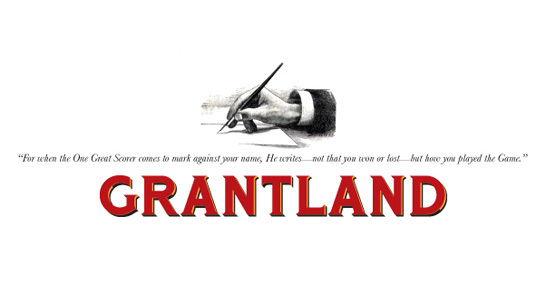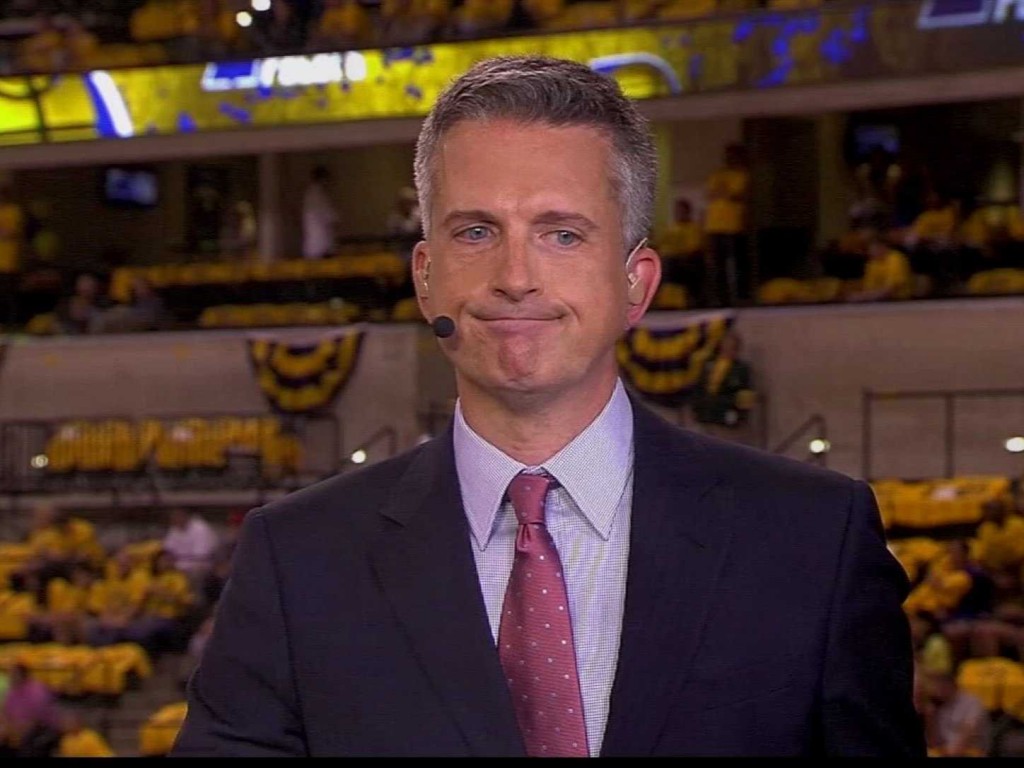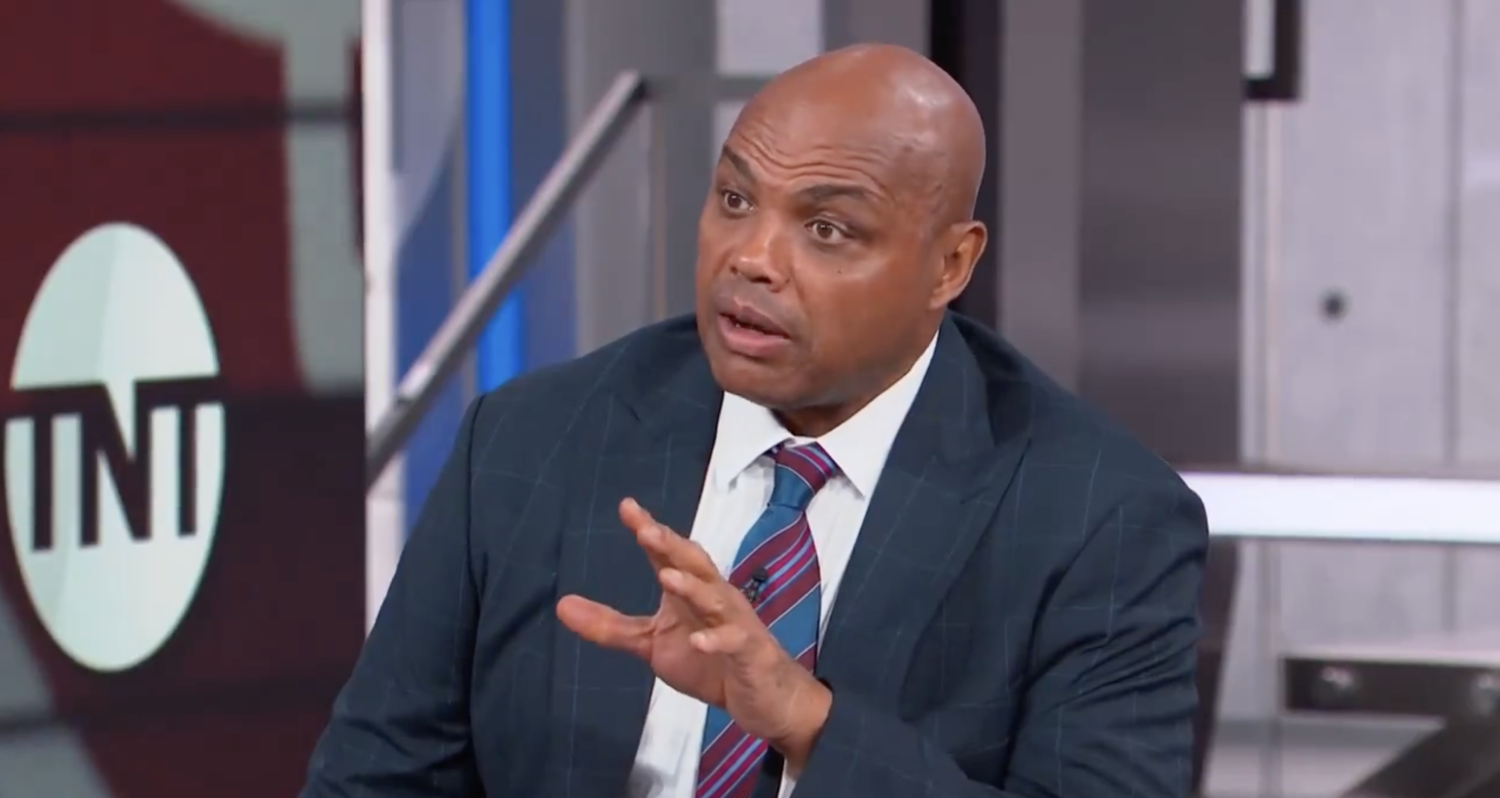Long before Caitlyn Jenner was a household name receiving courage awards from ESPN, the Worldwide Leader was caught up in a bit different transgender conversation; that of Essay Anne Vanderbilt, also known as “Dr. V.”
As the story goes, a writer for Grantland named Caleb Hannan worked on a story on Dr. V for more than half a calendar year, initially enthralled with a purported “magic putter” Vanderbilt had invented, but ultimately focusing more on who Vanderbilt was as a person, leading to the story of Vanderbilt’s questionable business practices and — the real meat of the story — the fact that Vanderbilt was once a man.
Hannan used that knowledge in an attempt to leverage a better story out of Dr. V, going so far as to out her to at least one of the magic putter’s investors. The story, published in early 2014 by Grantland, is one of the most polarizing pieces of investigative reporting in the short-yet-robust history of the internet. There were many well-respected journalists who praised the article for its depth, lauding Hannan — an otherwise anonymous scribe before and after that piece — for his storytelling. There were others who were appalled, especially after reading that Dr. V subsequently committed suicide amidst the pressure the author had allegedly applied.
A transgender woman killed herself and if it was in some part because of the pressure a writer working for Grantland, how in the hell was Grantland still publishing that article? How was Grantland using the suicide and questions around it as part of the narrative journey of the author? Regardless of the dogged nature of the reporting, a line was crossed, perhaps several lines, and it was anyone’s guess why more heads didn’t roll at Grantland at the time.
Hannan appeared at the Mayborn journalism conference in Texas this past weekend on a panel called “Anatomy of an Error” to discuss, for the first time, the thoughts behind publishing the story. From Longreads.com:
Speaking in a room filled with hundreds of journalists, Hannan was both extremely self-critical and at times emotional as he went through the chronology of reporting and editing for the piece.
Late in the process of vetting the story, Hannan said he was contacted by one of Grantland’s freelance fact-checkers, who raised concerns about the story—the first time anyone other than his wife had voiced those concerns. “Some of the first words out of her mouth were, ‘There’s a chance this woman is going to hurt herself,’ and I said, ‘I know and I’m scared shitless, and I don’t know what to do,’ and she said, ‘Okay I just want to make sure I said that.’ And that’s a conversation I immediately should have taken to my editor, but I didn’t.”
Ya think?!?!?
Hannan wrote a story that got rejected several times, leading him to presumably push far beyond the point of journalistic boundaries by outing his subject to business associates and one of his fact-checkers mentions that she thinks the subject could hurt herself and he didn’t take those concerns to his editor?!?
Then — THEN — the subject does exactly that, going far beyond the simple notion of hurting herself to the can’t-throw-a-bandage-on-that-one level of killing herself and still the thought never came to Hannan to spike the story and, I don’t know, start a knitting blog where nobody is going to die?
Why not, he was asked.
“I don’t know.”
Hannan reflected on the ideas that journalists should hold people accountable or seek out the truth at all cost. But it’s not that simple. “At every point in the reporting I could justify myself going forward … ‘I’m doing my job.’ But part of the job was to assess whether it was worth it. And there were two people who saw that. In talking with my wife, in talking with this fact-checker, I said, ‘What happened?’ And they said, ‘You were in denial.’
No one at Grantland saw what the guy’s wife and a freelance fact-checker saw? And Hannan admits now that the story became more about him, his ego and his “denial” than an investigation into an obviously troubled person’s life that may have pushed her over the edge.
There were some odd falsehoods and questionable claims in the article about Dr. V outside of gender narrative, but let’s be honest, the only reason the piece got any notice was because of that part of the story.
“It would have been a blow to my ego to set aside something I knew was going to be talked about. But I should have.”
Look, we all want every article we write to have a million reads and be nominated for an equal number of awards and if we have something that feels like it could be a winner, it’s incredibly hard to put that in the trash.
That this conversation is still ongoing where Hannan had so much as the option to set aside, as he put it, the story is terribly interesting. How did Grantland—or even the higher ups at ESPN—not make that decision for him?
Bill Simmons, then head honcho at Grantland, penned a letter from the editor last January, trying to protect his writer and explain how in the world that article ever came to be.
We found out that Dr. V committed suicide sometime in October, at least four or five weeks after Caleb’s last interaction with her. Caleb was obviously shaken up. We had no plans to run the piece at that point, but we decided to wait a week or two before we officially decided what to do. When that period passed, Caleb decided to write another draft that incorporated everything that happened. A few more weeks passed, and after reading his latest draft after Thanksgiving, we seriously considered the possibility of running the piece.
Simmons explained that the reason they ran the piece with the updated information about Dr. V’s suicide was because the story had become less about the subject and more about the writer. “For us, this had become a story about a writer falling into, for lack of a better phrase, a reporting abyss,” Simmons explained. “The writer originally asked a simple question — So what’s up with this putter? — that evolved into something else entirely. His latest draft captured that journey as cleanly and crisply as possible.”
Even in the explanation of an internal debate about running the piece, Simmons suggested that the hook was more about the “abyss” of reporting a story with as many twists and turns as that of Dr. V than about Dr. V, the actual human being.
Reading Simmons’ piece now brings up a lot of the same thoughts from early 2014 when it first ran, and it speaks to the unfortunate nature of “storytelling” for the sake of a good story, oftentimes at the steep expense of the subject.
Reading Hannan’s comments from the Mayborn conference should make all of us realize that a great story doesn’t always have to be told, especially when telling it could ruin a career, or even a life. Hannan seems to realize that now, which is something, at least.









Comments are closed.